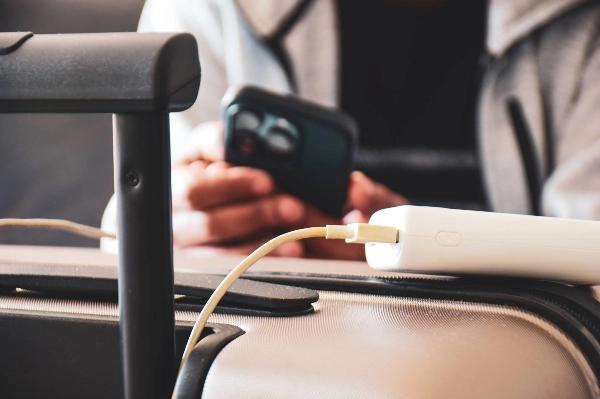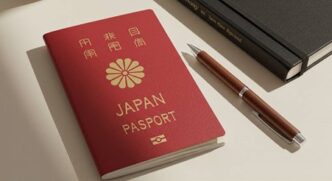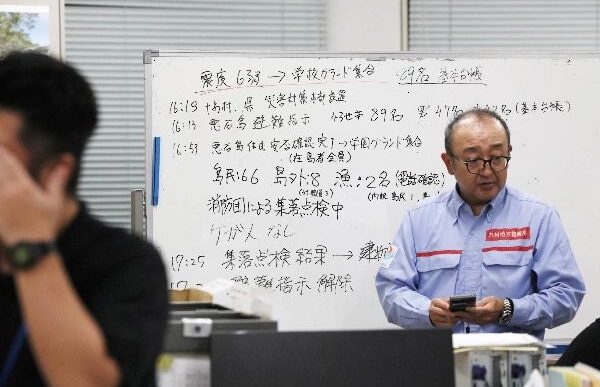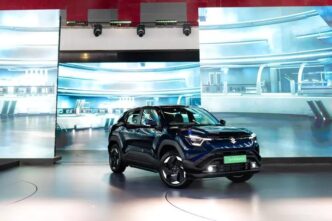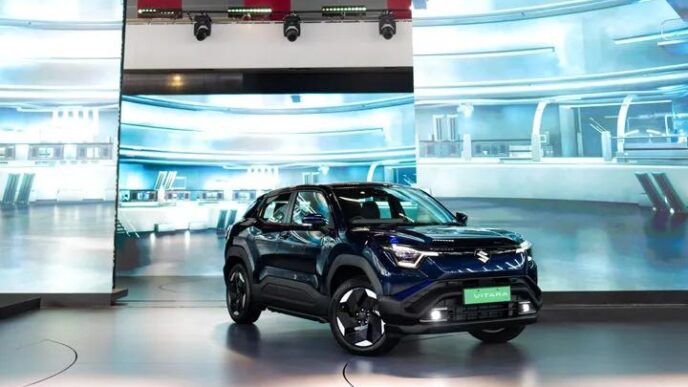In a move aimed at enhancing in-flight safety, Japan’s transport ministry has introduced new regulations requiring airline passengers to keep their portable power banks within sight during flights. The updated safety protocol, announced on Monday, will officially take effect on July 8, 2025.
The decision follows a string of alarming incidents in which power banks — commonly used to charge smartphones and other electronic devices — began emitting smoke or caught fire mid-flight. These cases, though rare, have raised concerns over the potential fire hazards posed by lithium-ion batteries when improperly stored or mishandled.
Why the New Rule?
Power banks are powered by lithium-ion batteries, which, under certain conditions, can overheat or ignite. Risks increase when batteries suffer physical damage, experience a short circuit, or are exposed to prolonged overcharging. While they have become essential travel accessories, their fire risk has prompted aviation authorities worldwide to adopt stricter handling guidelines.
Under the new regulation:
- Passengers must not store power banks in overhead compartments.
- Power banks must be kept in locations where their condition is visible, such as seat pockets or on passengers’ laps.
- Charging devices in concealed or hard-to-reach areas will be discouraged, as quick visual access is critical to identify any warning signs of overheating or smoke.
These measures are being implemented in coordination with The Scheduled Airlines Association of Japan, reflecting a broader commitment across the aviation industry to proactively manage safety risks related to battery-powered devices.
Context and Global Standards
Japan already aligns with international aviation safety guidelines set by the International Civil Aviation Organization (ICAO), which prohibit power banks in checked baggage due to the risk of thermal runaway — a chain reaction in overheating batteries that can lead to fires or explosions.
Additional existing rules include:
- Power banks exceeding 160 watt-hours (Wh) are strictly banned from flights.
- Passengers are limited to carrying two battery packs rated between 100Wh and 160Wh each.
The recent policy update builds upon these standards, adding an extra layer of preventive monitoring during flights.
Incidents Prompting Change
The regulation comes in the wake of a serious incident earlier this year involving an Air Busan flight at South Korea’s Gimhae International Airport, where a suspected power bank fire injured three people. While similar cases have been reported on Japanese airlines, authorities confirmed that swift response and early detection helped prevent major damage or injuries.
“Ensuring that passengers can quickly spot and report unusual signs like heat or smoke is key to preventing escalation,” a ministry official stated.
What Passengers Should Know
Travelers flying to, from, or within Japan should now:
- Keep their power banks close and visible at all times during flights.
- Avoid charging devices while the power bank is tucked away in bags or compartments.
- Comply with existing limits on battery capacity and quantity.
The ministry emphasized that the new guidelines are not intended to inconvenience travelers, but rather to safeguard everyone on board by enabling quicker response to potential battery malfunctions.
With these proactive steps, Japan continues to reinforce its reputation for stringent and thoughtful aviation safety measures — balancing the needs of modern travelers with a focus on preventing preventable onboard hazards.
Source:https://www.japantimes.co.jp/news/2025/07/03/japan/mobile-battery-airplane/

